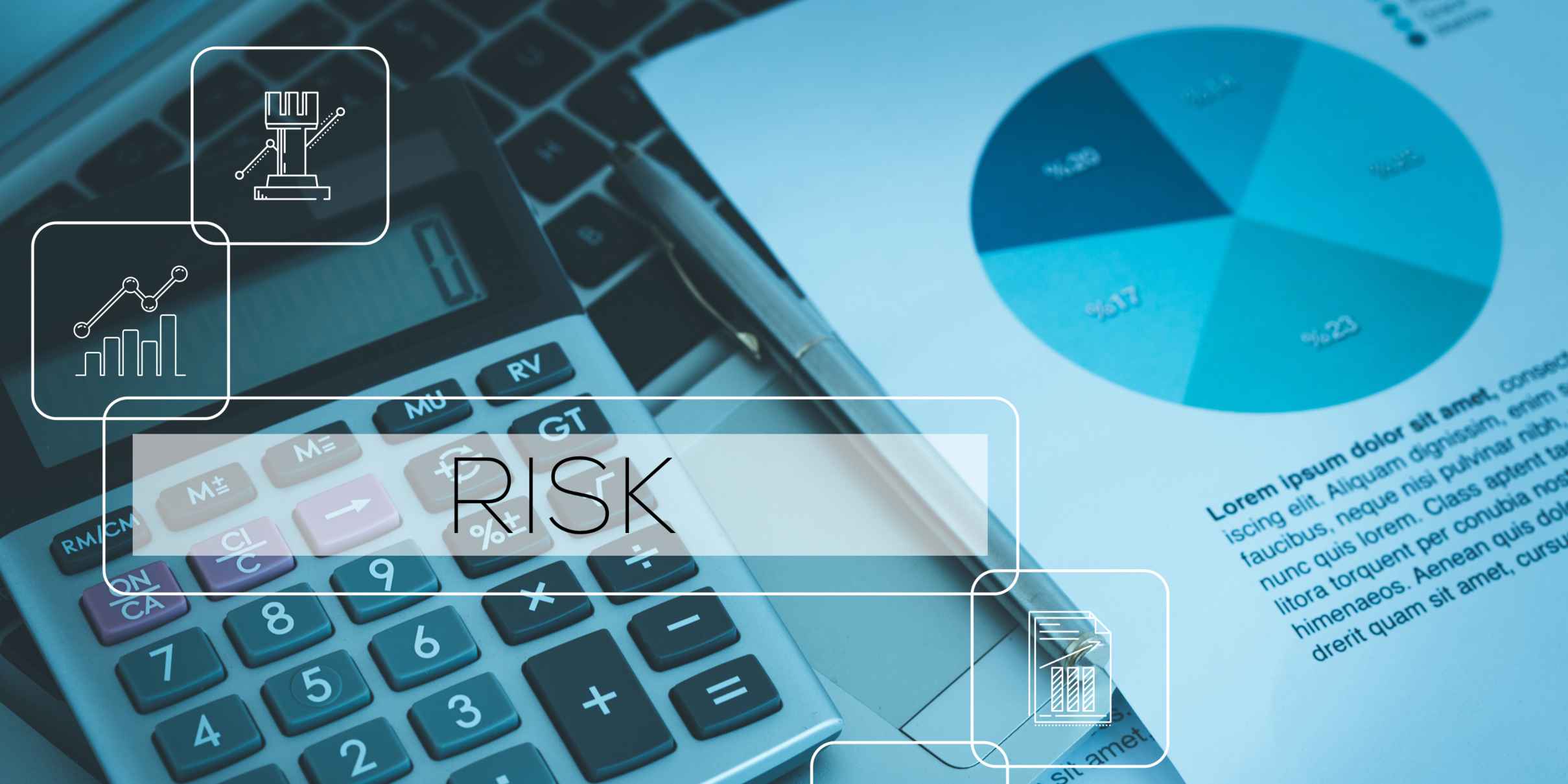A risk register is a structured document or database that systematically records and tracks identified risks within an organization. It serves as a central repository where you can document potential threats, assess their likelihood and impact, assign ownership, and outline mitigation strategies. By consolidating risk information in one place, a risk register enables you to monitor risks throughout their lifecycle, prioritize resources effectively, and make informed decisions based on your organization's risk profile and appetite. Proper risk documentation forms the foundation of effective governance, risk management, and compliance practices.
Understanding Risk Registers: The Foundation of Effective Risk Management
Risk registers serve as the cornerstone of structured risk management, providing a systematic approach to identifying, assessing, and controlling threats to your organization. They transform scattered risk information into a coherent framework that supports governance and decision-making.
In today's complex regulatory environment, having a formalized way to document and track risks isn't just good practice—it's increasingly becoming a compliance requirement. Regulators across industries expect organizations to demonstrate a thorough understanding of their risk landscape and show evidence of active risk management.
A well-maintained risk register bridges the gap between strategic objectives and operational realities, helping you understand how various risks might impact your ability to achieve organizational goals. It moves risk management from reactive to proactive, enabling you to anticipate issues rather than merely responding to them after they occur.
What is a Risk Register?
A risk register is a centralized document or database that systematically records all identified risks facing an organization. It captures crucial information about each risk, including its nature, potential consequences, likelihood of occurrence, impact severity, and the controls implemented to manage it.
Think of a risk register as your organization's risk inventory—a living document that provides a comprehensive view of your risk landscape. Unlike scattered spreadsheets or departmental risk lists, a proper risk register creates a single source of truth for risk information across the organization.
Modern risk registers have evolved beyond simple documents into dynamic tools that can show relationships between risks, track changes over time, and integrate with broader governance, risk, and compliance frameworks. This evolution reflects the increasing complexity of business environments and the need for more sophisticated approaches to risk management.
Why is a Risk Register Important for Your Organization?
A risk register delivers significant value by creating a structured approach to managing the uncertainties that could impact your organizational objectives. It transforms risk management from an abstract concept into a concrete, actionable process.
From a regulatory compliance perspective, maintaining a comprehensive risk register helps you demonstrate due diligence to auditors, regulators, and stakeholders. Many regulatory frameworks explicitly require documented risk assessment processes, which a well-maintained register satisfies.
Beyond compliance, a risk register breaks down information silos by creating a common language for discussing risks across departments. When everyone uses the same framework to identify, assess, and communicate about risks, collaboration improves and blind spots diminish.
Strategic decision-making benefits enormously from a good risk register. By providing a clear picture of your organization's risk exposure, it enables leaders to make more informed choices, allocate resources effectively, and balance opportunities against potential threats.

What Should be Included in an Effective Risk Register?
An effective risk register must contain several key elements to serve its purpose properly. Each of these components contributes to a comprehensive understanding of your risk landscape.
Start with a clear risk description that precisely defines each risk and its potential consequences. Vague descriptions lead to confusion and ineffective responses, so be specific about what might happen, why, and how it would affect your organization.
Risk categorization helps organize your register into a structured taxonomy that groups similar risks. Common categories include strategic, operational, financial, compliance, and reputational risks, though your organization might use different classifications based on your specific needs.
Every risk should include both probability and impact assessments. These can use quantitative scales (such as 1-5), qualitative descriptions (low to high), or financial values, depending on your organization's approach. The combination of these factors determines the overall risk level.
Other essential elements include:
- Risk owners - individuals responsible for monitoring and managing each risk
- Mitigation strategies - planned actions to reduce likelihood or impact
- Control measures - existing safeguards that help manage the risk
- Review dates - scheduled reassessments to ensure ongoing relevance
- Risk appetite alignment - how each risk relates to organizational tolerance
How Do You Create a Risk Register from Scratch?
Creating a risk register begins with establishing a clear structure and methodology before you start identifying specific risks. This foundation ensures consistency across your organization.
The first step involves defining your risk identification approach. You'll need to gather input through methods such as workshops, interviews, surveys, historical data analysis, and process reviews. Involving diverse stakeholders at this stage helps capture a comprehensive view of potential risks.
Once risks are identified, implement a consistent assessment methodology to evaluate each risk's likelihood and impact. This might include:
- Defining clear scoring criteria for both probability and consequence
- Establishing risk thresholds that align with your organization's appetite
- Creating a risk matrix or heat map to visualize your risk profile
- Prioritizing risks based on their scores to focus resources effectively
For each identified risk, document appropriate mitigation strategies and control measures. These should be specific, measurable, and assigned to responsible owners with clear deadlines. The level of detail in your mitigation plans should be proportional to the significance of each risk.
Finally, determine how you'll maintain your risk register over time, including review cycles, update procedures, and reporting mechanisms. This ensures your register remains a living document rather than a one-time exercise.
How Often Should You Update Your Risk Register?
A risk register requires regular updates to remain relevant and useful in your decision-making processes. Static, outdated registers quickly lose their value as new risks emerge and existing ones evolve.
At minimum, most organizations should conduct a full review of their risk register quarterly, with high-priority risks reviewed more frequently. This cadence allows you to capture changes in your internal and external environment while not overwhelming your teams with constant reassessments.
Beyond scheduled reviews, certain triggers should prompt immediate updates to your risk register:
- Significant organizational changes (mergers, restructuring, new leadership)
- Major market or industry developments
- Regulatory changes affecting your compliance landscape
- Incidents or near-misses that reveal new vulnerabilities
- The introduction of new products, services, or technologies
Effective risk register maintenance balances thoroughness with practicality. The goal is to keep your risk information current without creating an unsustainable administrative burden for your teams.
What are Common Challenges When Implementing a Risk Register?
Organizations frequently encounter obstacles when implementing and maintaining risk registers. Understanding these challenges helps you develop strategies to overcome them.
Inconsistent risk scoring is perhaps the most common issue, where different departments or individuals apply subjective interpretations to risk assessments. Without clear criteria and calibration, your risk register can become misleading. Establishing detailed scoring guidelines and conducting cross-functional calibration sessions can help address this problem.
Poor stakeholder engagement undermines the effectiveness of any risk register. When risk management is viewed as a compliance exercise rather than a valuable business process, participation suffers. Overcoming this requires demonstrating the practical value of risk information in decision-making and connecting risk management to strategic objectives.
Maintaining up-to-date information presents another significant challenge, especially in rapidly changing environments. Many organizations struggle with review fatigue, where initial enthusiasm for risk management wanes over time. Implementing automated reminders, streamlining update processes, and integrating risk discussions into regular business meetings can help sustain momentum.
Finally, spreadsheet limitations create practical barriers as risk registers grow more complex. Manual spreadsheets become increasingly difficult to maintain, lack proper version control, and cannot easily show relationships between risks. This is where purpose-built risk management tools offer significant advantages.
How to Transform Your Risk Register from a Document to a Strategic Asset
To maximize the value of your risk register, you need to evolve it from a compliance document into a strategic decision-making tool integrated with your organization's objectives and operations.
Begin by aligning your risk categories and assessment criteria with strategic goals. When your risk register speaks the same language as your strategy, leadership teams can more easily see the connections between risks and objectives, making risk information more relevant to their decisions.
Implement dynamic reporting that presents risk information in context rather than as isolated data points. This might include trend analysis showing how risks evolve over time, relationship mapping revealing connections between risks, and scenario modeling exploring potential risk combinations.
Integration with other governance and management processes amplifies the value of your risk register. When risk information flows seamlessly into strategic planning, project management, compliance activities, and performance reviews, it becomes embedded in how your organization operates rather than existing as a separate exercise.
We at Cerrix understand that transforming risk registers from static documents to dynamic tools requires both methodology and technology. Our integrated GRC platform helps organizations automate risk documentation, implement consistent assessment frameworks, and gain real-time insights that turn risk data into strategic advantage. By centralizing risk information and connecting it with controls, processes, and regulatory frameworks, you can move beyond basic compliance to build genuine organizational resilience. If you'd like to see how our solution works for your specific needs, request a demo today.
From Fragmented Risk Data to Integrated Risk Management
Accessible popup
Welcome to Finsweet's accessible modal component for Webflow Libraries. This modal uses custom code to open and close. It is accessible through custom attributes and custom JavaScript added in the embed block of the component. If you're interested in how this is built, check out the Attributes documentation page for this modal component.



.jpg)
%20(1).jpg)
.jpg)
.jpg)
.jpg)
.jpg)
%20(1).jpg)
.jpg)
%20(1).jpg)
.jpg)
.jpg)

.jpg)
.jpg)





.jpg)

%20(2).jpg)















%20(1)%20(2).jpg)





.jpg)

.png)
.jpg)






%20(1).avif)



